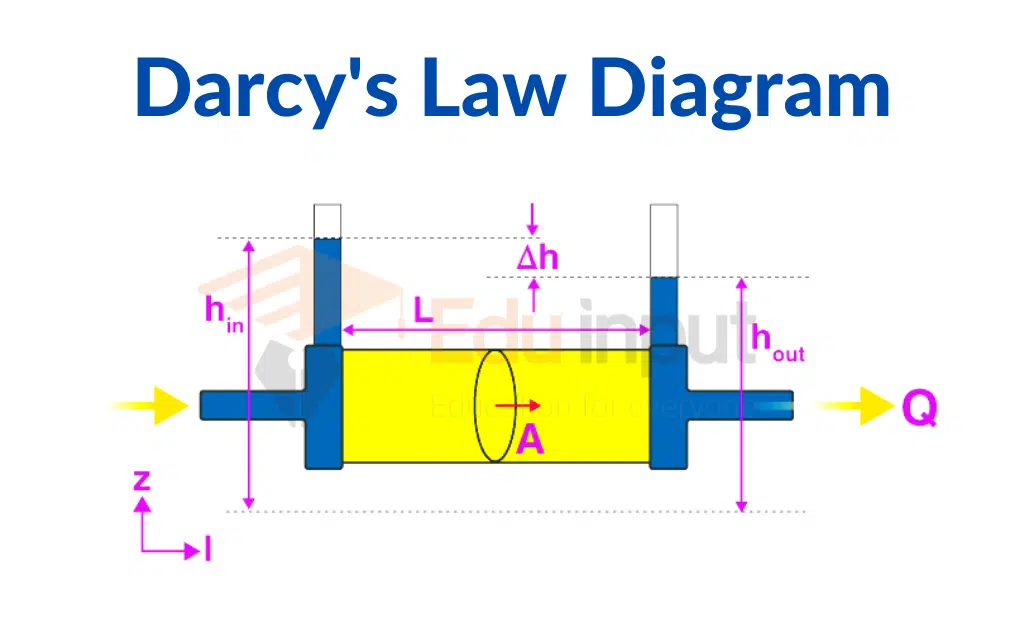Convection Fluid Flow-Definition, Types, And Examples
In Convection fluid flow mass transfer occurs because of the bulk motion of the fluid. The flow of liquid water transports dissolved ions and molecules that are in the water.
What is Convection fluid flow?
A single or multiphase fluid flow occurs spontaneously due to the effects of material property heterogeneity and body forces on a fluid, the most common being density and gravity. When the cause of the convection is not known, it can be assumed that it is due to the effects of thermal expansion and buoyancy. Particles can flow in soft solids or mixtures where convective can take place.
There is a convective and diffusive component to the molecule’s mass transfer velocities. We understand mass transport due to the average speed of the individual molecule, and mass transport due to the instantaneously varying, randomized speed of the individual molecule, compared to the average speed of the fluid as a whole.
Types of Convection fluid flow
There are three main types of Convection fluid flow.
- Natural Convection
- Gravitational Convection
- Thermomagnetic Convection
Natural Convection
Natural convection is a type of flow, of motion of a liquid such as water or a gas such as air, in which the fluid motion is not generated by a pump, fan, or other device but by some parts of the fluid being heavier. In most cases this leads to natural circulation, the ability of a fluid in a system to circulate continuously, with gravity and possibly changes in heat energy.
Gravitational Convection
A type of convection caused by material properties other than temperature is called gravitational convection. This is usually caused by the variable composition of the fluid. If the varying property is a concentration gradient, it can be seen in the movement of a source of dry salt downward into the wet soil.
Thermomagnetic Convection
When an external magnetic field is applied to a ferrofluid with varying magnetic susceptibility, there can be thermomagnetic convection. This results in a nonuniform magnetic body force, which leads to fluid movement, when there is a temperature gradient. A ferrofluid can become strongly magnetized in the presence of a magnetic field.
Convection Fluid Flow Examples
The systems of natural circulation include tornadoes, weather systems, ocean currents, and household ventilation. Natural circulation is used in some solar water heating systems. The Gulf Stream circulates because of the amount of water that is evaporated.
The density and salinity of the water increases in this process. In the North Atlantic Ocean, the water becomes so dense that it starts to sink. Convection occurs on a large scale in atmospheres, oceans, planetary mantles, and it provides the mechanism of heat transfer for a large fraction of the outer interiors of our sun and all stars.
In a storm, fluid movement can be obvious and rapid, or it can be hidden and slow. Convection of gas and dust is thought to occur in the accretion disks of black holes, at speeds which may very well approach that of light.







Leave a Reply